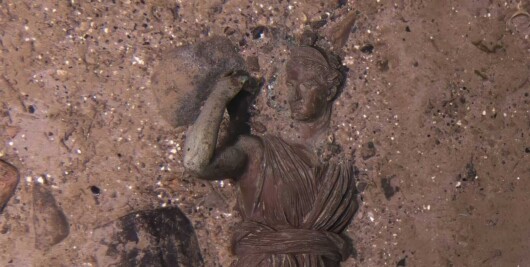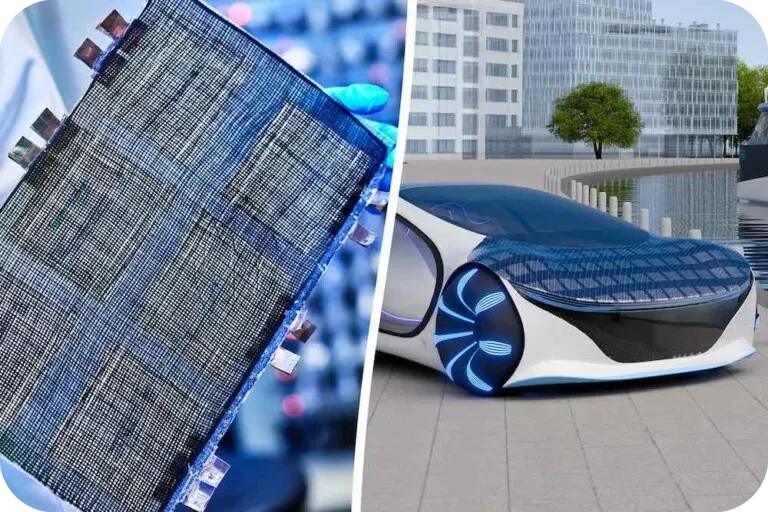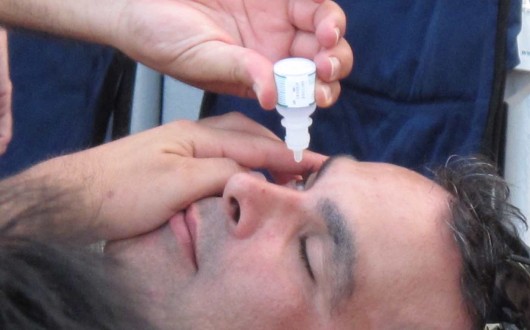Glass Roof
German company Paxos Solar has introduced a new glass photovoltaic roof tile that can reduce energy demand by up to 20% when connected to a heat pump. This year, the company aims to install the tiles on 200 roofs.
For homeowners looking for a cleaner energy solution without the bulky setup of traditional photovoltaic panels, these solar roof tiles offer a space-efficient alternative. They blend in seamlessly with a roof’s appearance and don’t require extra space. While many companies provide solar roof tiles, Paxos has taken an innovative approach by integrating them with heat pumps. In collaboration with TH Köln University of Applied Sciences, Paxos spent two years developing a prototype that generates both electricity and heat. The team tested various factors like temperature, optical loss, environmental conditions, and safety. Their findings showed that the heat pump’s performance improved by nearly 25%, depending on weather and heating needs.
Now, Paxos has partnered with Longi to mass-produce these tiles. Each tile measures 23.45 x 18.89 inches and delivers 44 watts of power, with five tiles generating up to 190 watts in just 10 square feet of roof space. Paxos intentionally designed these tiles larger than competitors’ models to allow faster installation and higher power output. The tiles are installed using a support rail system above a water-bearing layer. Air flows under the tiles, and when the air heats up, it is collected and funneled into the heat pump, further boosting efficiency. A study by the University of Cologne found that homes using these solar tiles required 20% less energy for heating over a year.
Paxos also claims that their solar tiles are lighter and take half the time to install compared to traditional roofing methods.




